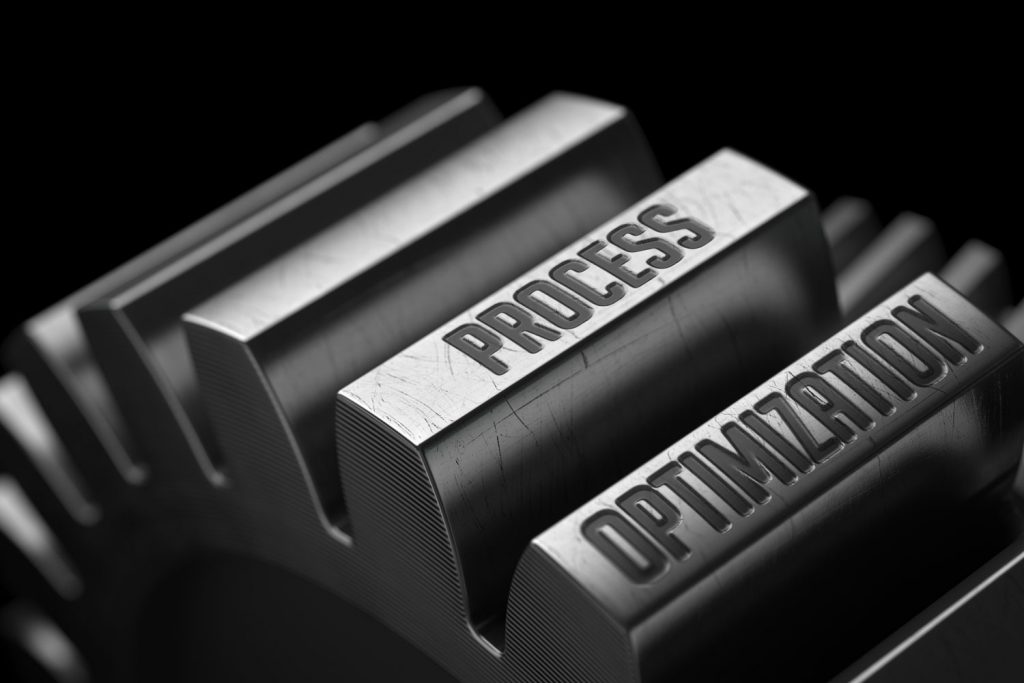 As amazing as today’s CBM technologies are at the early detection of potentially catastrophic machine problems, companies must precisely manage the deployment of these technologies to ensure that there is a clear understanding of their impact on reliability and that they are being utilized appropriately. That’s why a top-down reliability vision, with clearly defined goals and objectives, must be communicated, along with ample support and reasonable expectations for compliance. Our many years of PdM/CBM auditing experience has revealed the following key components to have in place to better ensure a maintenance strategy that will deliver its value of cost-savings and an increase in machine reliability:
As amazing as today’s CBM technologies are at the early detection of potentially catastrophic machine problems, companies must precisely manage the deployment of these technologies to ensure that there is a clear understanding of their impact on reliability and that they are being utilized appropriately. That’s why a top-down reliability vision, with clearly defined goals and objectives, must be communicated, along with ample support and reasonable expectations for compliance. Our many years of PdM/CBM auditing experience has revealed the following key components to have in place to better ensure a maintenance strategy that will deliver its value of cost-savings and an increase in machine reliability:
- Management support
Even before a reliability program is implemented, it is critical that everyone within an organization (e.g. maintenance, operations, purchasing, etc.) understands the equipment reliability process and is willing to work together to achieve reliability goals and objectives. Too many reliability programs fail because management and plant personnel lose confidence in the process and its ability to deliver the required results simply because they don’t clearly understand the process and the technologies involved. The success of any reliability program is dependent on management support and commitment to follow-through. Therefore, another factor in successful programs is ensuring that the various technologies deployed are set up correctly, monitored at the appropriate time intervals with correct collection procedures followed, and the resulting data analyzed efficiently and effectively, documenting trends and abnormalities consistently. - Functional effectiveness
Functional effectiveness is the ability of an asset or system to meet acceptable standards of performance. Identifying and evaluating failure modes and their effect on system function helps to prioritize and determine the appropriate maintenance strategy and is a key component to minimizing the likelihood of a system failure occurring. It is vital that the individuals doing this initial analysis have a familiarity with the machinery involved as well as a solid understanding of the process of determining failure modes as it will be the foundation upon which the maintenance program is built. - Linkage/integration
The maintenance tasks and recommendations resulting from the initial core analysis must be carefully and effectively implemented into a comprehensive maintenance program. A planning and scheduling program should be linked to the CBM program for acting on exceptional equipment identified in CBM reports. Follow-up measurements should be documented to ensure of proper repair/replacement of faulty equipment. - Training
Technicians and machine operators are a company’s first line of defense when it comes to detecting machine issues. They wrestle with the day-to-day machine problems, often sensing when a machine is not running normally by using their five senses. But it takes an experienced technologist to determine the source of the machinery problem. Many CBM technologies require formalized training and on the job training to become proficient in the technology. Trusting in the expertise and experience of trained personnel will improve confidence in CBM recommendations by maintenance and manufacturing organizations. After all, a maintenance program is only as good as the accurate data it provides and training of personnel is the key to a successful program. - Staffing
When budgets need to be cut, maintenance is unfortunately often the first place management looks. Yet a solid maintenance program is the very thing that saves companies the most money in the long run. Selection of personnel should be performed by a qualification based process to ensure the ability to learn the needed skill to become proficient in the technology. Each CBM technology should have minimum requirements for performing the tasks involved. Having adequate personnel on the reliability team is crucial to ensuring that the program continues to deliver the cost-savings and machine reliability for which it was designed. - Metrics
What gets measured gets improved. That’s why one of the most important decisions in any CBM program is choosing the right metrics. Metrics should be simple, straight forward, and aligned with tangible goals and short-term actions. Tracking and reporting on them allow the focus to be on areas that need improvement and provides upper management with the data needed to back it up.
Up next, the final part of our Reliability Centered Maintenance Audits white paper, “Sample Data from an RCM audit”.
